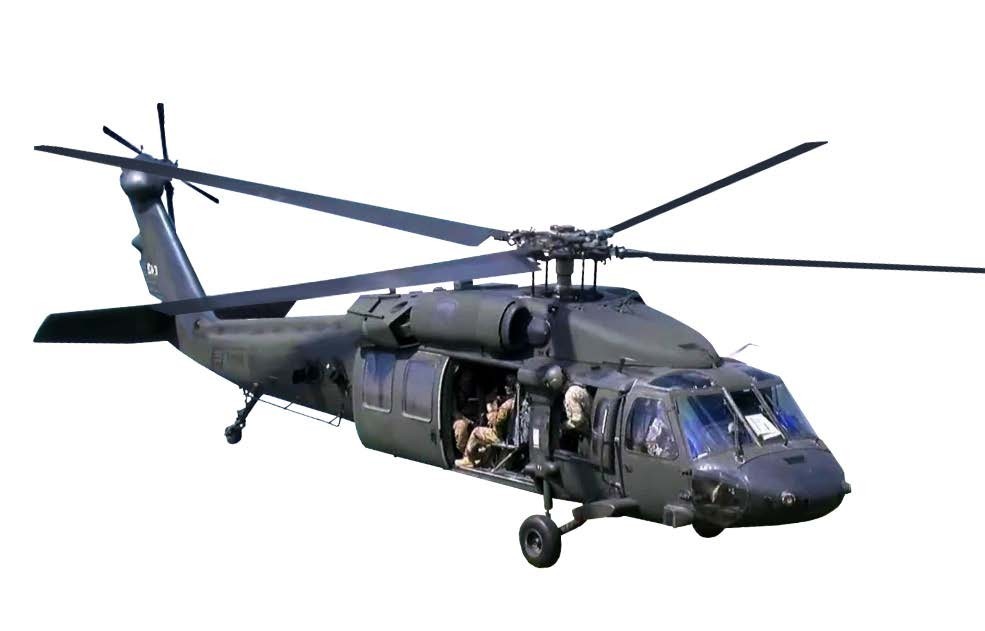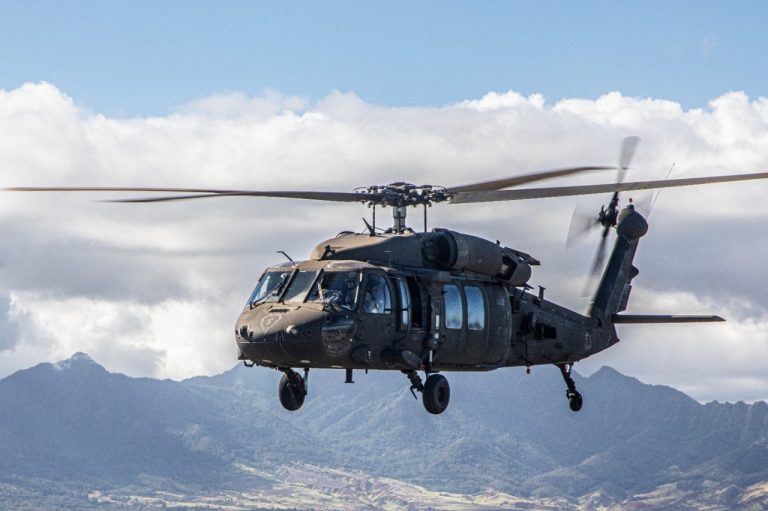UH 60 Black Hawk: Secret Functions and Developments
UH 60 Black Hawk: Secret Functions and Developments
Blog Article
A Comprehensive Guide to the Upkeep and Treatment of Aircraft for Durability
The durability of an aircraft hinges dramatically on its upkeep and care, demanding a structured strategy to guarantee optimal efficiency and safety and security. Comprehending the intricacies of these practices can be complicated; for that reason, it is important to discover the essential components that contribute to effective airplane treatment and the ramifications of neglecting these responsibilities.
Relevance of Regular Maintenance
Regular upkeep is crucial for the safety, performance, and durability of aircraft. A systematic technique to maintenance makes sure that all elements function ideally, thereby lowering the threat of mechanical failing during operation. Normal assessments and servicing allow specialists to recognize potential issues before they escalate right into substantial issues, ensuring that the aircraft stays in conformity with aeronautics regulations.
Moreover, preserving an airplane according to the supplier's standards is critical for maintaining its value. A well-documented upkeep background can improve resale potential customers and impart self-confidence in potential purchasers. Additionally, routine upkeep contributes to functional performance, as it helps to enhance fuel usage and performance metrics, leading to set you back financial savings over time.
In addition, routine maintenance adds to the total safety of flight procedures (uh 60). By resolving wear and tear promptly, operators can mitigate threats related to aging aircraft systems. This proactive strategy not just shields the lives of guests and crew yet additionally safeguards the airplane itself against disastrous failures

Daily Evaluation Checklist
Exactly how can pilots and maintenance teams ensure the aircraft is in optimal problem before each flight? The solution exists in an extensive daily inspection list, which works as an essential method to determine potential issues that could compromise safety and security and efficiency. This checklist needs to encompass several essential locations, including outside and interior assessments, in addition to functional checks of crucial systems.
Starting with the outside, crews need to evaluate the airframe for any type of noticeable damage, leaks, or indications of deterioration. Interest should be paid to manage surfaces, touchdown gear, and the problem of tires. Transferring to the inside, the staff ought to verify that all controls and instruments are operational, ensuring that digital systems are operating correctly.

In enhancement to architectural checks, it is vital to examine gas degrees and verify that all needed documents, consisting of enrollment and weight and equilibrium information, are up to day. An evaluation of emergency situation tools, consisting of life vests and fire extinguishers, must be conducted to guarantee compliance with safety laws. By diligently following this day-to-day evaluation list, pilots and maintenance teams can significantly enhance the security and dependability of their airplane.
Arranged Upkeep Programs
Arranged maintenance programs are vital for the lasting safety and security and performance of airplane operations. These programs are made to make sure that all airplane parts undertake normal evaluations, upkeep, and required repairs at predetermined periods. By sticking to an organized maintenance schedule, drivers can considerably reduce the risk of in-flight failures, enhance aircraft reliability, and prolong the life expectancy of crucial elements.
Normally, arranged upkeep is categorized into various levels, consisting of A, C, b, and d checks, each with distinct needs and thoroughness. A checks are usually a lot more regular and focus on standard minor fixings and visual assessments, while D checks are much more comprehensive and take place less regularly, entailing considerable disassembly and overhaul of the aircraft.
Regulatory bodies, such as the FAA and EASA, required compliance with specific upkeep timetables based on aircraft type and use. Operators has to preserve thorough records of all upkeep performed to show compliance and assist in assessments. The combination of predictive upkeep innovations can additionally enhance the performance of scheduled programs by identifying prospective concerns prior to they escalate, consequently ensuring that aircraft continue to be in optimum problem and ready for secure procedures.
Care for Aircraft Interiors
Taking care of aircraft insides is crucial not just for guest comfort but also for preserving the overall worth and safety and security of the airplane. Routine cleansing and maintenance of the interior components add substantially to a positive flying experience while preserving the airplane's visual charm.
To make sure ideal care, it is vital to develop a routine cleansing timetable that includes vacuuming carpetings, cleaning down surfaces, and disinfecting high-touch areas. Upholstery and seating should be evaluated for damage, with any type of damage without delay dealt with to stop further damage. Furthermore, attention needs to be given to the galley and lavatory locations, which need extensive cleaning and restocking of products to preserve hygiene.
Additionally, using appropriate cleansing representatives is vital; harsh chemicals can damage products and finishes, so it is advisable to utilize products especially developed for airplane insides. Routine inspections need to also be performed to identify any upkeep requires, such as replacing damaged seat covers or fixing window tones. By prioritizing the treatment of airplane interiors, drivers can improve the overall traveler experience and shield the financial investment in their airplane.
Recognizing Regulative Compliance
Regulative conformity is a necessary facet of airplane upkeep, frequently requiring operators to follow a complicated framework of neighborhood, national, and international standards. This structure is largely developed by aeronautics regulative bodies such as the Federal Aeronautics Administration (FAA) in the United States and the European Union Aviation Security Firm (EASA) in Europe - uh 60. These organizations state regulations that regulate various elements of airplane upkeep, consisting of airworthiness, safety and security protocols, and operational treatments

Moreover, drivers need to stay informed concerning adjustments in laws and join training programs to make sure that their staff is knowledgeable concerning conformity requirements. Failing to conform with these regulations can cause Discover More Here serious penalties, consisting of fines, grounding of airplane, or loss of qualification. As a result, understanding and adhering to governing compliance is paramount for the long life and security of airplane procedures.
Conclusion
To conclude, the maintenance and treatment of aircraft are vital for guaranteeing durability, safety, and functional performance (uh 60). Regular assessments, adherence to daily checklists, and organized maintenance programs promote the early identification of prospective concerns. Interest to the airplane's interior and conformity with governing requirements considerably add to protecting its value. By applying these techniques, drivers can improve the general experience for travelers while guarding the investment in aeronautics assets.
The durability of an airplane hinges significantly on its upkeep and treatment, necessitating a structured technique to guarantee ideal efficiency and safety. By faithfully following this everyday assessment checklist, pilots and maintenance crews can dramatically boost the security and dependability of their airplane.
These programs are developed to ensure that all airplane components undertake regular examinations, upkeep, and essential repair work at established periods. By prioritizing the treatment of aircraft insides, drivers can boost the total passenger experience and safeguard the financial investment in their airplane.
In conclusion, the here maintenance and care of airplane are extremely important for guaranteeing long why not look here life, safety and security, and functional performance.
Report this page